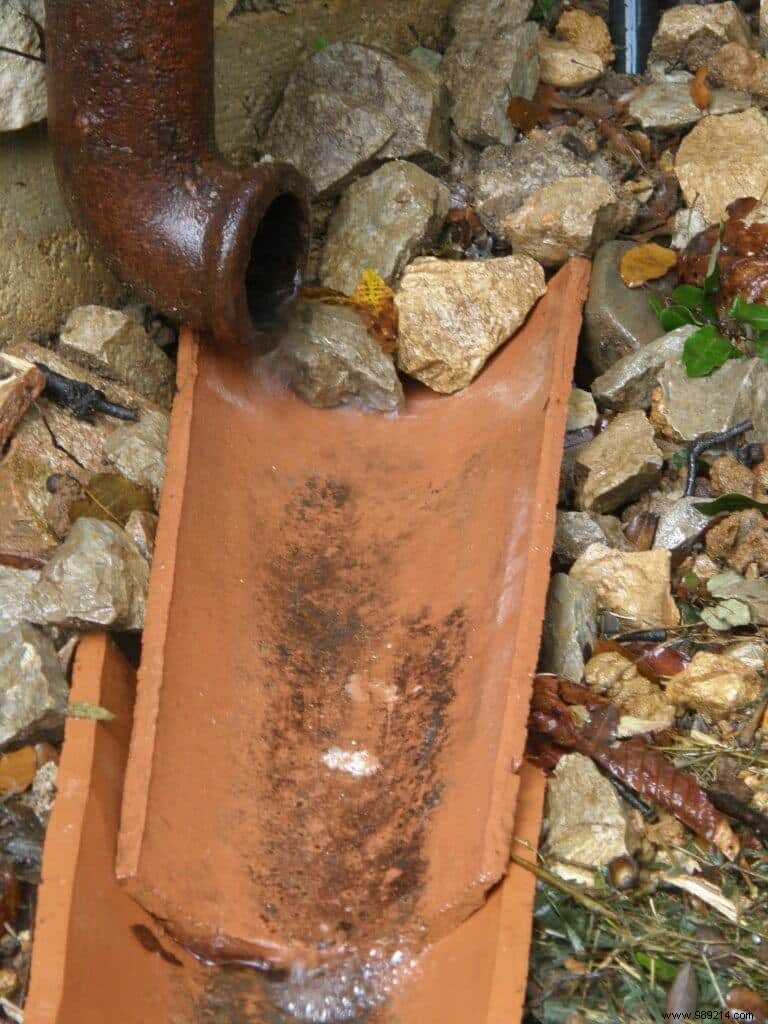10 techniques to put in place in your garden to limit chemical inputs and why not, do without!
Water is life. All living organisms need water all the time. But just enough. Looks are just as important. Too much water must not lead to a lack of air in the soil. This would result in root asphyxiation of the plants and also a great mortality of the inhabitants of the soil.
Water management is not simple, but observing the garden teaches us a lot. With a little practice, the gardener quickly recognizes water shortages, even anticipates them.
The amount of water to bring depends on the plant species but also on the season, the weather (and what it has been doing in the past days), the stage of culture, the age of the plant , soil type and last watering (type of sprinkler and amount of water applied). All these parameters to take into account show that it is impossible to give strict watering instructions. If you ask a plant seller, "How do you water it?" » the answer will be only general anyway because too many parameters come into play. Here again, observation is essential.
In order not to disrupt the life of the soil, watering must be controlled. The action being complex, everything is done in the garden to limit watering. The first action is to limit evaporation by hoeing and mulching. It is true that the best watering is the one that you do not need to do. It is also true that we must adapt the plants to the environment, because the reverse is very complicated or even impossible without hazards... (see link 1. the plant adapted to its environment.
1. the plant adapted to its environment
2. Biodiversity
3. soil fertility
4. Irrigation management
5. mulching
6. Managing invasive plants
7. the right gestures at the right times
8. The right tool, adapted, maintained
9. Companion plants
10. Crop rotation:2 years of vacation!
Conclusion
